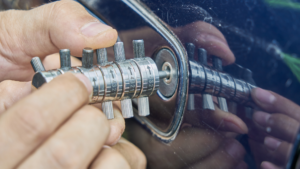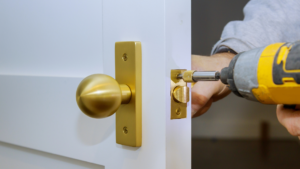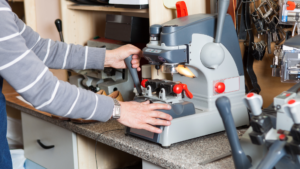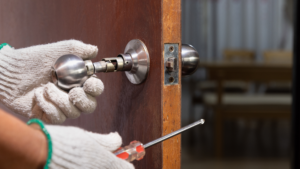Modern security practices have integrated Closed-Circuit Television (CCTV) systems as a crucial element. Whether applied in residential or commercial contexts, these systems offer a reliable way to monitor and safeguard properties. To ensure the proficient operation and optimal efficiency of your CCTV setup, consider the following pointers.
Optimal Camera Deployment: Achieving optimal footage quality relies on strategic camera deployment. Identify key areas to monitor, such as entry points, high-traffic zones, and vulnerable spots. Make sure cameras are mounted at appropriate heights and angles to minimize blind spots.
Address All Vantage Points: Choose cameras with wide-angle lenses or pan-and-tilt features to cover extensive areas. This lowers the camera quantity while ensuring thorough coverage.
Climate Reliability: If you’re installing outdoor cameras, opt for weather-resistant models that can withstand diverse weather conditions. This reliability ensures uninterrupted surveillance, no matter the surroundings.
Premium Surveillance Solutions: Explore premium surveillance solutions featuring high-resolution cameras to ensure superior image clarity and intricate detailing. These high-quality cameras also excel in low-light scenarios, guaranteeing effective surveillance continuously.
Virtual Supervision: Pick a CCTV arrangement that grants remote access using a smartphone app or web browser. This aspect empowers you to monitor your property in real-time from anywhere, increasing convenience and security.
Suitable Lighting: Proper lighting is necessary for clear video, especially during the nighttime. Reflect on installing cameras close to current light sources or utilizing cameras with infrared (IR) sensors for enhanced night vision.
Scheduled System Care: Establish a schedule for system care in your CCTV setup, ensuring cameras are kept clean, aligned correctly, and functioning properly. Dust or debris on the lens can degrade image quality.
Proper Recording Capacity: Ensure your CCTV system provides proper recording capacity for capturing footage. Depending on your situation, consider cloud storage or choose an on-site digital video recorder (DVR) or network video recorder (NVR).
Privacy Compliance: Comply with privacy laws and regulations when installing cameras, especially in zones that might infringe on the privacy of others.
Assured Network Protection: When your CCTV system links to the internet, ensure its security with robust passwords and encryption. Continuously update firmware to guard against potential vulnerabilities.
Motion Identification: Implement motion detection settings to activate recording and alerts upon identifying movement. This saves storage capacity and draws your focus to potentially important occurrences.
Synergistic System Integration: Blend your CCTV system with supplementary security measures, such as alarms or access control systems, to construct a cohesive security solution.
Privacy Preferences: When your cameras oversee regions with a combination of public and private spaces, apply privacy settings to mask private areas from view.
Continuous Updates: Keep your CCTV system up-to-date by applying the most recent firmware and software updates offered by the manufacturer.
User Proficiency Improvement: When multiple individuals will access the CCTV system, provide thorough training to improve their proficiency.
Legal Awareness: Educate yourself about local laws and regulations concerning the deployment of CCTV systems, especially in public locales.
Footage Review: Conduct regular assessments of captured footage to uncover any abnormal or suspicious activities. This contributes to heightened security awareness.
Alternative Power Source: Think about supplying backup power to your CCTV system, such as uninterruptible power supply (UPS) devices. This assists in sustaining surveillance during power disruptions.
Regular Evaluation: Conduct regular evaluations of your CCTV system to ensure the operational status of all cameras and the accurate recording and storage of footage.
Professional Setup: Despite the availability of DIY alternatives, professional installation guarantees proper camera placement, wiring, and configuration for optimal performance.
Through the implementation of these tips, you can ensure that your CCTV system continues to serve as a strong and efficient asset in enhancing security, whether at your home, office, or other property. Remember that technology is perpetually evolving, so staying informed about the latest advancements in CCTV systems can further enhance your security measures.





